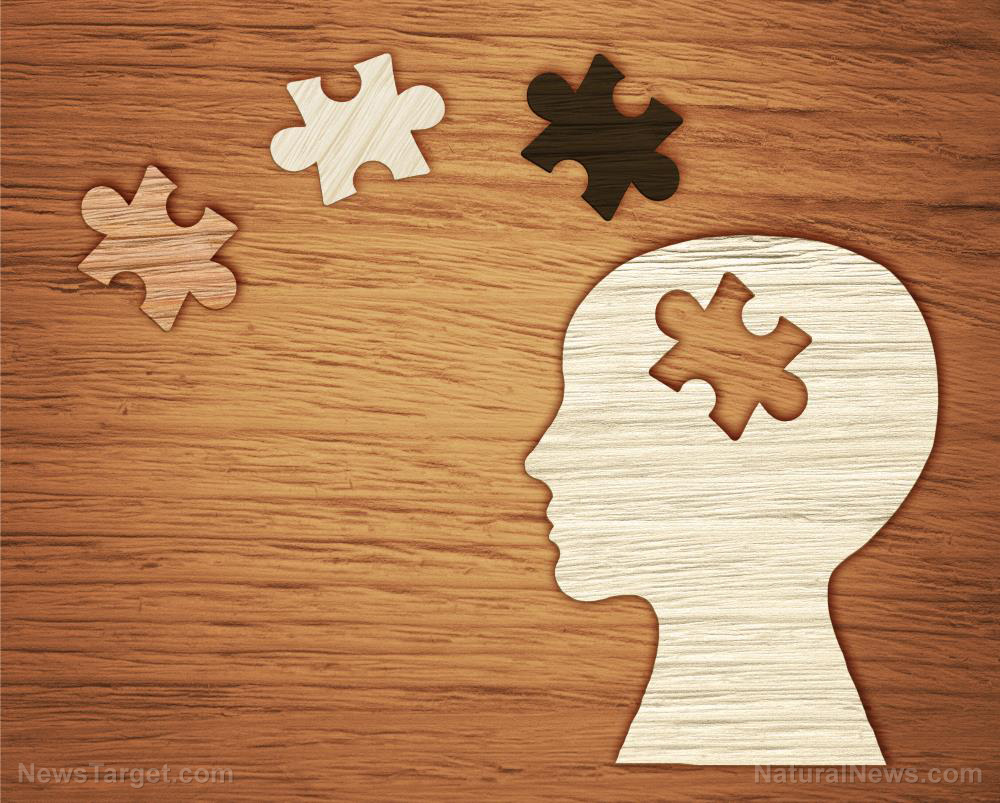Do you know why our eyesight is sharpest at dawn and dusk?
05/09/2018 / By Edsel Cook

If you’ve ever been up at the crack of dawn or still outside when dusk falls, you may have noticed your sight is sharper than usual. A German study says this is because your brain changes the way it interprets visual signals during sunrise and sunset, according to a New Scientist article.
Study author Christian Kell explained that our brain is always hard at work in the background. But come dawn or dusk, this continual background activity drops in the visual cortex, the parts of the brain that interpret visual information.
Thanks to this reduction in signal-to-background noise ratio, the human visual cortex is able to focus on perceiving poorly-lit surroundings and objects. That’s why we can see better despite the low levels of light during those times.
“You are sensitizing your brain. A weak signal coming in will have a higher signal-to-noise ratio,” explained Kell, a neuroscientist at the Goethe University.
He and his colleagues determined this through an experiment with 14 men. They asked the participants to spot a faint, flashing orange cross against a pitch black background at different times of the day. They reported that the participants succeeded the most in their task at around 8:00 a.m. and 8:00 p.m. (Related: Prevent vision loss by protecting your heart with a healthy diet.)
Ancient humans needed improved vision during dawn and dusk to avoid predators
The Goethe University research team scanned the brains of the participants six times from 8:00 a.m. to 11:00 p.m.. They found out that the brain shuts down background activity in the visual cortex during 8:00 a.m. and 8:00 p.m.
Kell said this perception-changing mechanism made it easier to drive during dawn and dusk. But it was originally developed by our ancestors to spot potential predators, such as lions, which hunted during these darker hours.
“It would have kept us safe at critical times when nocturnal predators emerged. The brain also suppresses activity in the hearing region of the brain, which could explain why hearing is better at these times too,” Kell said.
The participants certainly did better in the visual test at around those times when the background activity in their brain dropped. They were asked to press a button when they spotted the faint orange cross. They scored an average of 32 out of 33 times during 8:00 a.m. and 8:00 p.m.
During the other times, the participants only managed to get it right 30 times out of 33. Their vision proved poorest at 2:00 p.m., which is a time when there is plenty of natural light.
The human brain improves vision during times with little natural light
Kell said the circadian rhythm – the 24-hour cycle that serves as our body’s internal clock – is well-documented. However, previous studies had not yet determined what biological mechanism improved vision during times when there is little light.
The Goethe University research team did not test the participants at dawn. Doing so would have disturbed their sleep, which would in turn alter brain activity. Despite this, they believe the experiment offered sufficient proof that humans can see best at dusk and dawn, when the light is at its lowest level.
The researchers published their findings in the journal Nature Communications. Their paper describes humans as a day-active species that mostly relies on their sense of vision to orient themselves.
Despite this, humans tended to remain active well into the morning and evening times of twilight, during times when natural sources of light are at their weakest. This applied to ancestral humans who had unreliable access to artificial light such as fire.
Read up on the latest medical, scientific, and technological breakthroughs at Discoveries.news.
Sources include:
Tagged Under: artificial light, brain function, circadian rhythm, dawn and dusk, dim light, eyesight, internal body clock, light, light sources, mind body science, natural light, neuroscience, primitive instincts, research, scientific, sense of sight, sharp eyesight, sunrise and sunset, vision, visual cortex, visual information
RECENT NEWS & ARTICLES
COPYRIGHT © 2017 BRAIN NEWS


















